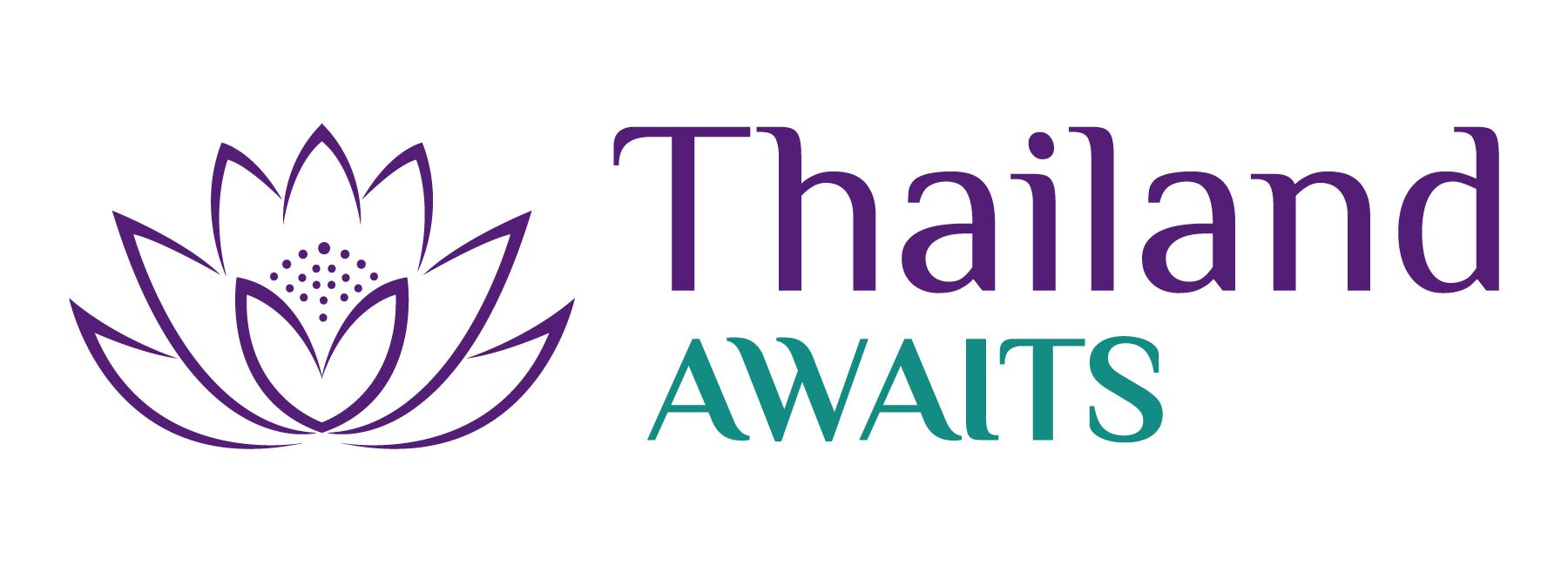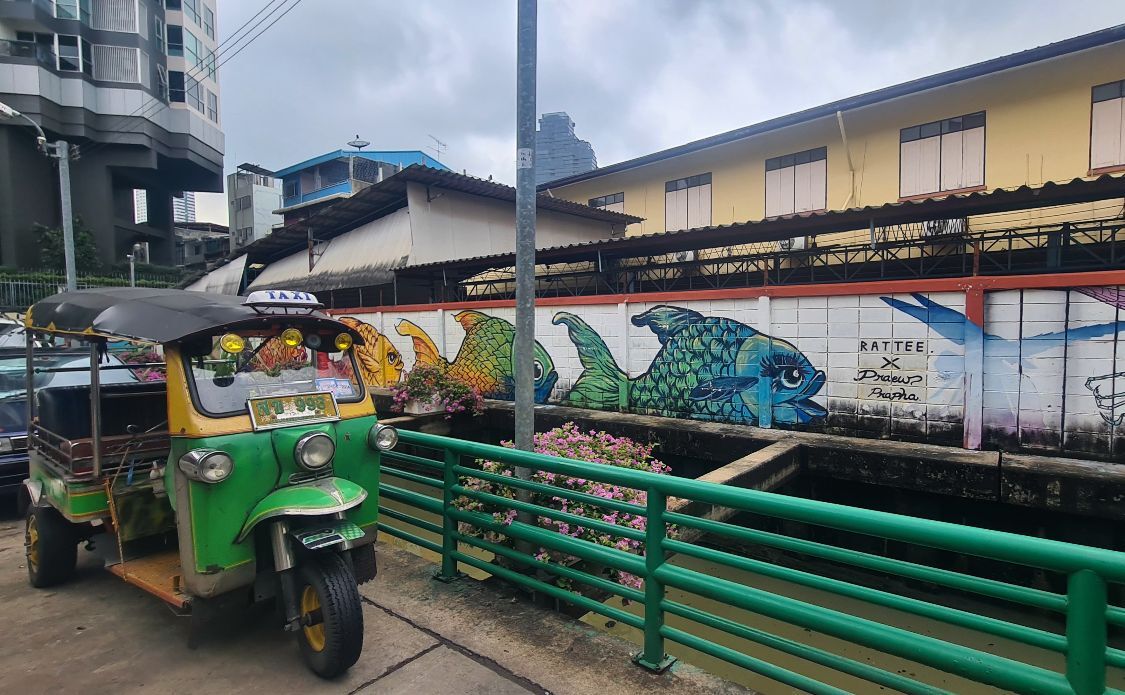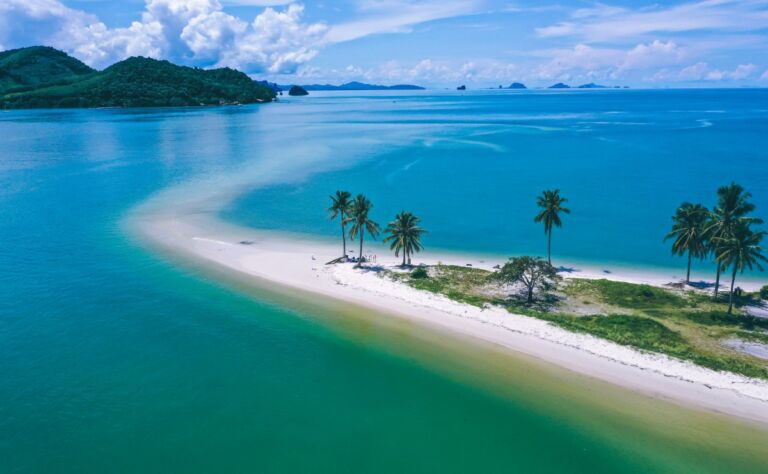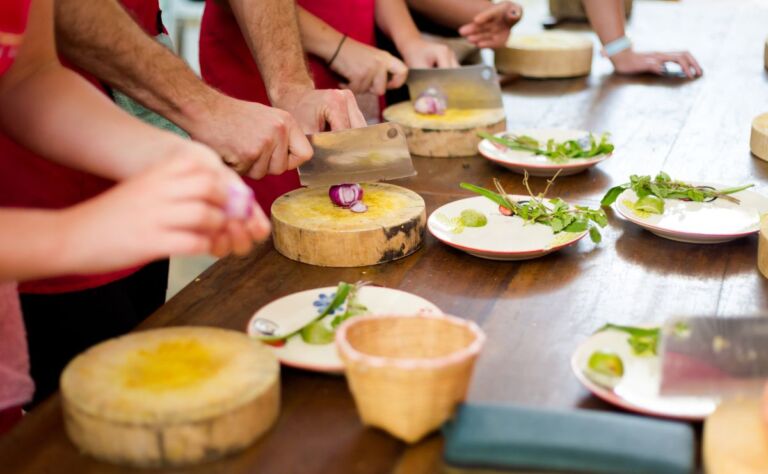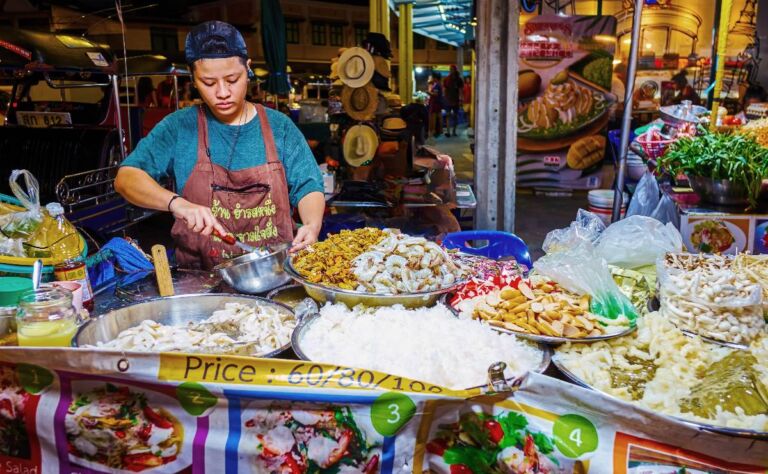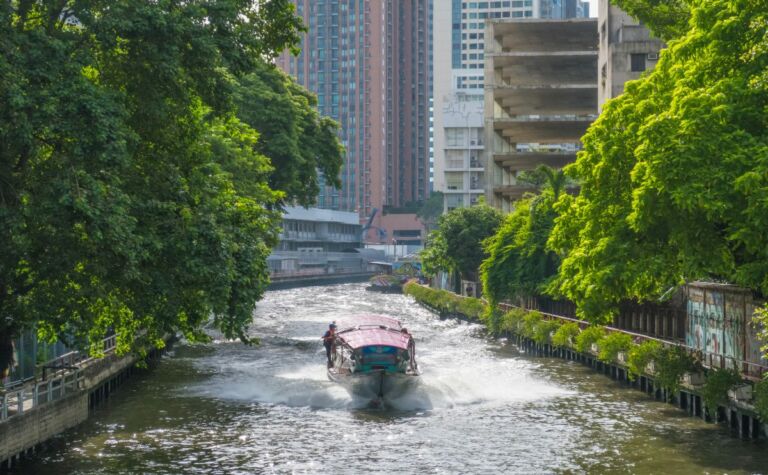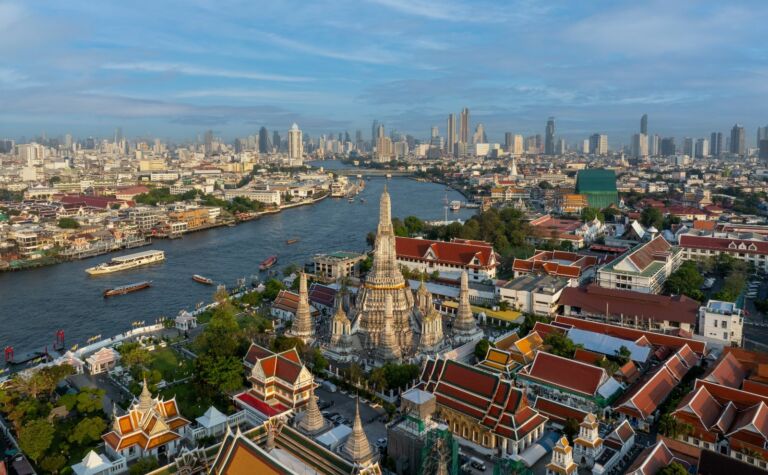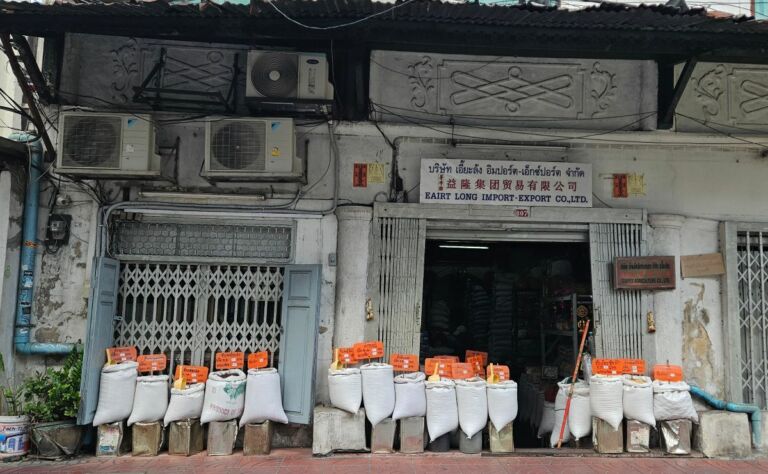Exploring Bangkok Off the Beaten Track: 5 Neighbourhoods to visit
Whether it’s your first time in Bangkok or you are a repeat visitor, exploring Bangkok off the beaten track by wandering some of its less visited neighbourhoods will allow you to get a better view of the city and what makes is such a great place to spend time. Today Bangkok local Stephen Christopher shares places he thinks are great spots to get a feel for the city.
On their first visit to Bangkok, tourists tend to spend their time in the Siam shopping district, stay around Asok on Sukhumvit Road, party on Khao San Road, and visit the temples in Phra Nakhon.
Once those places are exhausted, it’s time to venture further into the other neighbourhoods of Bangkok and see where the locals eat, shop, and visit.
I’m going to take you to some of my favourite places around Bangkok and let you know what you can see there, what to eat, and how to get there. Let’s go.
Ari
Thai cuisine is one of the many reasons people come to Bangkok, and Ari is a foodie’s paradise. Whatever you’re in the mood to eat or drink, if you can’t find it in Ari, it doesn’t exist in Thailand.
What to See in Ari
The food and beverage scene is why you come to Ari; apart from that, there’s nothing much else of cultural interest. La Villa Shopping Centre, right next to the BTS station, has a very cool outdoor area and often, food trucks and pop-up bars will set up shop there. You’ll spot many locals hanging out here for an after work drink before heading home.
If you’re keen to see some art by local Thai artists, the Numthong Art Space located in Ari Soi 5 has constantly changing exhibitions, and it’s well worth the visit (between meals).
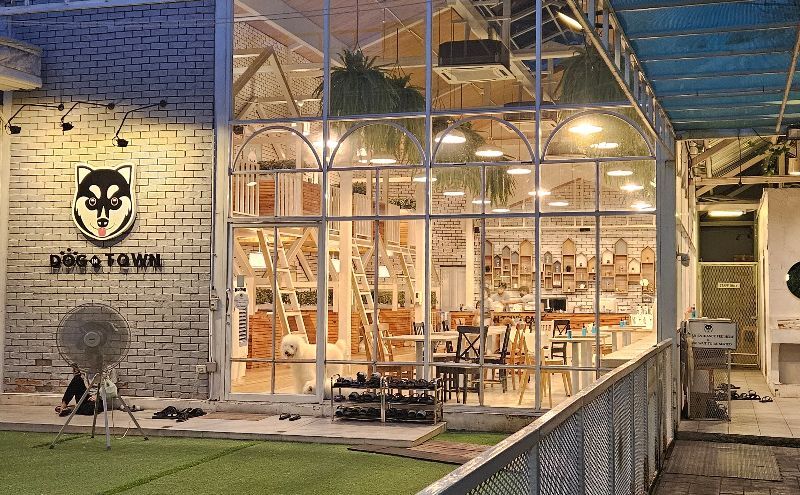
Ari has some excellent cafe/working spaces. If you happen to be in Bangkok on business and need to do some work, Porcupine Cafe on Soi Ari 4 and Fab Cafe on Soi Ari 1 are two of the best. If you just feel like some time out Dogtown Cafe is a great place to get some dog love.
Where to Eat in Ari
Now we get to the real reason to visit Ari. I could write a whole article on the food in Ari, but here are a couple of my faves.
Khao Soi is one of my all-time favourite Thai dishes. It hails from Chiang Mai, and while you can find it on most street corners in that city, it’s not as easy to come by in Bangkok. Ongtong Khaosoi in Ari has you covered, and the food is as good as anywhere in Chiang Mai.
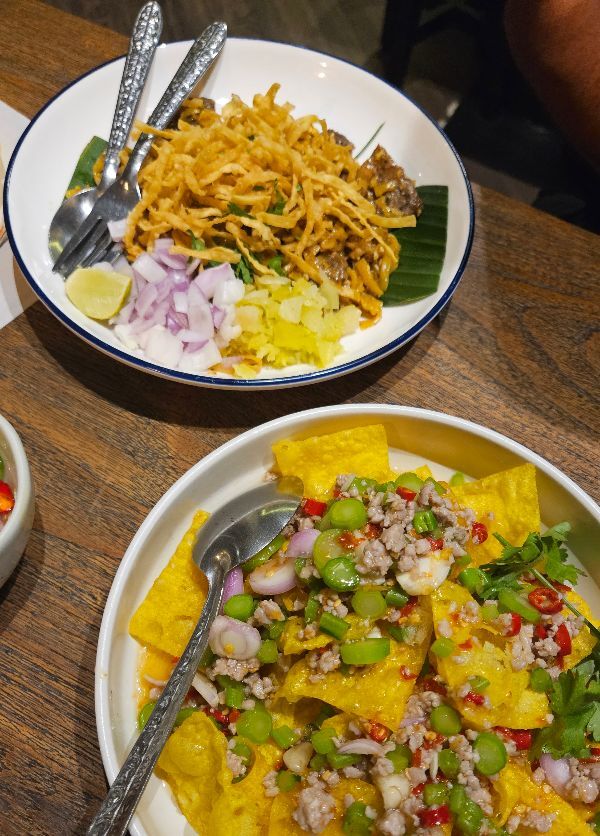
The only challenge with this restaurant is that there’s not enough seating. They finally sorted that out by taking over the shop next door, doubling their capacity.
Baan Mae Yui serves classic Thai food in a boutique setting. I recommend sitting outside; it’s a lovely, peaceful setting amongst the hustle and bustle of Ari. They do Western seasonal specials like Thanksgiving and Christmas, just in case you’re feeling a little homesick.
How to Get to Ari
Ari is one of the most accessible neighbourhoods in Bangkok, as it even has its own BTS station, which is only five stops from Siam (Central). The suburb’s prime location on Phahonyothin Road also means that almost every bus heading north out of the city will stop there.
Sathorn
While some tourists write the Sathorn area off as strictly a business district, they miss out on great places to relax and chill. Here’s a look at what’s in Sathorn and why you need to spend some time exploring.
What to See and Do in Sathorn
Lumpini Park is in the heart of Sathorn and is a popular place for runners, as there’s a dedicated running path right around the park that goes for 2.5km. In the park’s centre is a lake where you can paddle on swan boats. If you’re lucky, you may spot a Komodo Dragon going for a leisurely stroll.
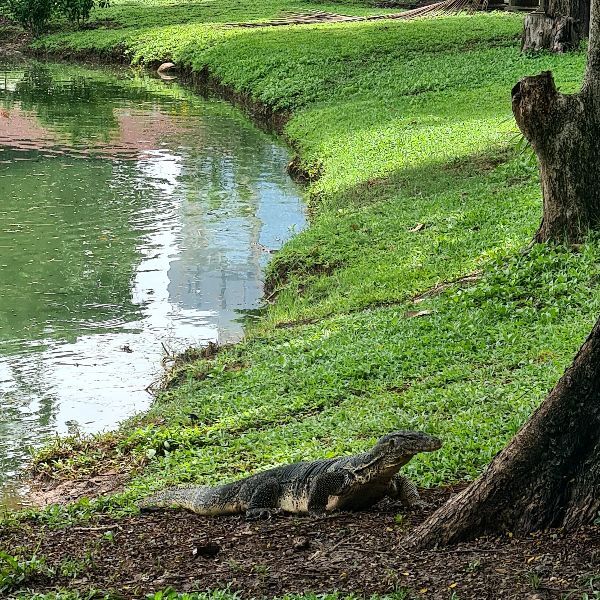
If you love Thai food as much as I do, why not learn how to cook it for yourself? The Blue Elephant Cooking School is a Bangkok institution that has been teaching people Thai cuisine for just over 20 years. In a single half-day session, you get to cook four well-known dishes.
While you are here take a wander along the Sathorn Canal and check out some of the street art.
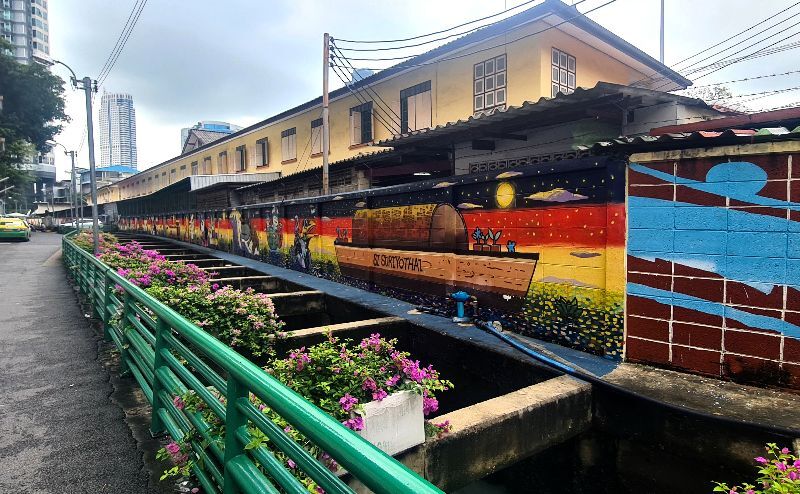
You will find it at the bottom of Soi Charoenkrung 57. The artworks cover almost a kilometre and are worth a look if you find yourself near the central pier for the river ferries.
What to Eat in Sathorn
My favourite restaurant in Sathorn is the Issaya Siamese Club. It’s housed in a Thai villa that’s over 100 years old. The ground floor is the Issaya Restaurant, which serves traditional Thai cuisine but with an elevated twist.
On the first floor is the Siamese Club, decorated in the tradition of the old-school members’ clubs; this is the place to sip cocktails and unwind.
Sathorn isn’t only about eating. The suburb is home to some of Bangkok’s most high-end luxury brand hotels, and the best ones have the most incredible rooftop bars. I have two favourites.
The second is the Moon Bar atop The Banyan Tree Hotel, 61 floors above the city. The views here, right across Bangkok, are epic. Bring your wallet, though; these are some of the most expensive drinks in the city.
How to Get There
Sathorn is very easy to get to. The BTS and the MRT link at Saladaeng/Silom and another MRT station, Lumpini, is halfway into the suburb.
Lad Prao
While it’s considered more of a residential area than one for tourists to visit, Lad Prao is a hidden gem of a neighbourhood just north of the main city, on the way to Don Mueang Airport. Lad Prao has some great places to shop, relax, and eat.
What to See in Lad Prao
Union Mall is a unique shopping experience in Bangkok. Unlike the other malls, which feature all the well-known brand names, Union Mall has eight levels containing over 1,000 stalls, many of which feature clothing by local designers, and the lower ground floor has some incredible vintage items.
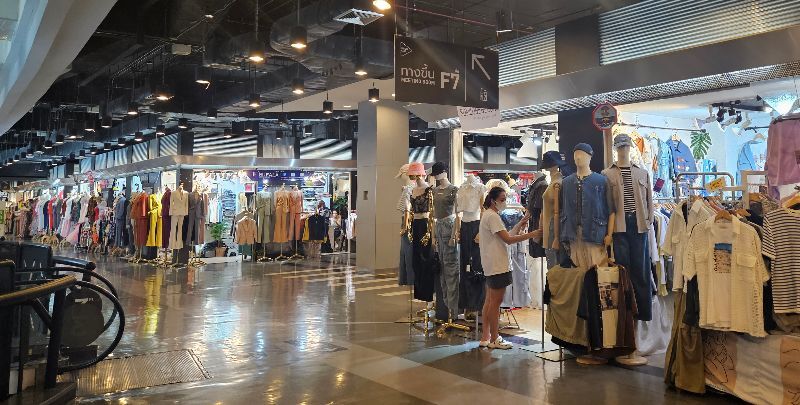
My favourite place to run in Bangkok is in Lad Prao. There are three parks, all adjoining. Chatachuk, Queen Sirikit and Railway parks are excellent places to relax by the lake or get in a few kms of exercise.
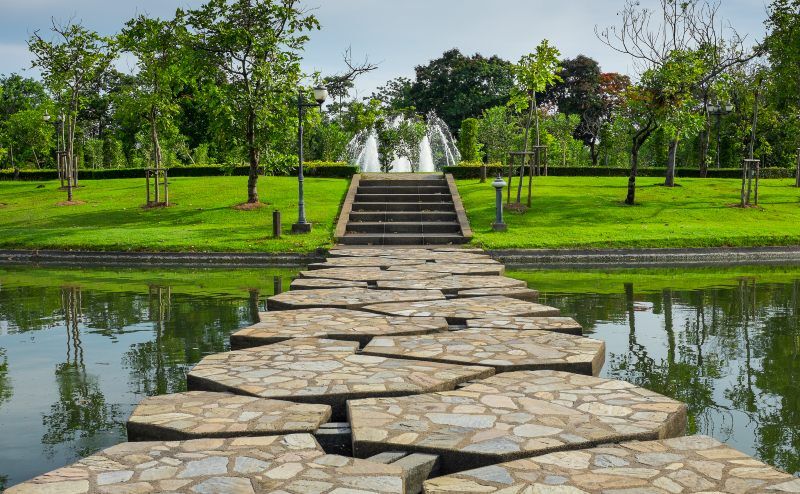
What to Eat in Lad Prao
The food scene in Lad Prao is one of the main reasons for going there. You can get everything from high-end restaurant meals at Central Lad Prao shopping mall to the best local street food on most corners at night.
However, my favourite place to eat and drink is outdoors, behind the Major Ratchayothin Cineplex. There is a wide range of restaurants like Wine Connection and loads of street vendors; there’s even a pop-up bar with the local beer Chang on tap.
How to Get There
Lad Prao is also extremely easy to get there. The BTS and MRT stations interchange at Ha Yaek Lad Prao/Phahon Yothin. The front of Central Ladprao is a major hub for every bus and minivan that heads north up Phahon Yothin Road.
Thonburi
Thonburi has a significant place in Thailand’s history. When the Burmese decimated the capital Ayutthaya, King Taksin reclaimed the city of Thonburi, and from 1767 to 1782, it became the Kingdom of Thonburi. It’s now a picturesque suburb on the west bank of the Chao Phraya River and is a must-see destination.
What to See in Thonburi
Wat Arun isn’t the only temple worth seeing in Thonburi. However, your trip to Bangkok wouldn’t be complete without visiting it. It’s my favourite temple, and we had our pre-wedding shoot there; the photos are incredible.
An often overlooked temple is Wat Kalayanamit; it was built during the reign of King Rama III and was a gift from Chao Phraya Nikhon Bodin, a wealthy Chinese trader for whom the river was named after. The temple features a history of Bangkok during that era and has a bell tower containing the largest bell in Thailand.
The Portuguese built the stunning Santa Cruz church in Thonburi in 1776, when Thonburi was the capital as a place for Roman Catholics to worship at. Sadly, in 1883, it caught fire and burned down. The structure, in its current style, was built in 1916. It was the main Catholic church in Thailand until 1821. Masses are held in Thai every Sunday at 8:30 am and 7 pm.
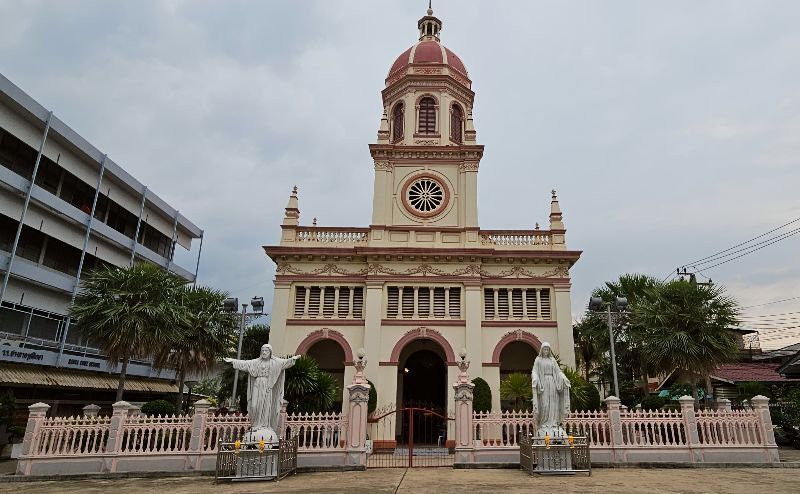
Take a leisurely stroll through the narrow alleys of the Kudichin community, explore their local museum, and indulge in some local delicacies.
Let’s cover another religious faith with the Tonson Mosque. Only a seven-minute walk from Wat Arun, this is the oldest mosque in Thailand. It was built in 1688 and was originally a teak house on a raised platform. They completed the concrete structure you can visit today in 1952. The twin pine trees at the front gate that were planted during Rama III’s reign are called Ton Son, hence the mosque’s name.
If you would like to visit all three places of worship start at Wat Arun, then you will next walk past Tonson Mosque before reaching Santa Cruz last. This route will take about 20 minutes.
What to Eat in Thonburi
Red pork is a must-try Thai dish, and the one cooked with Aunt Sunee’s secret recipe at Sunee Khao Moo Daeng must be one of Bangkok’s best. She cooked here for over 50 years, and now the restaurant is in the hands of the next generation of her family. My tip is to order the Khao Moo Daeng plate, which is red pork, crispy pork, and Chinese sausage with a boiled egg.
You may not think Vietnamese pancakes are a traditional Thai dish, but the Auntie who runs Khanom Bueang Yuan Su Arpa cooks them in her own signature style. The shredded coconut with shrimp heads inside a wok-fried egg batter is my favourite, and it’s only 50 baht! Now be ready to queue as this food is rare in Bangkok, but it’s worth the wait.
How to Get There to thonburi
The Chao Phraya river boat is by far the best way to visit Thonburi; there are numerous stops along the river, and Wat Arun and Wat Kalayanamit have their own piers.
Chinatown / Yaowarat
Most major cities have a Chinatown, and Bangkok’s own is one worth seeing. During the day, Yaowarat Road appears like any other main street, but at night, it turns into a feast for the senses, with colourful lights, banners, and street vendors everywhere.
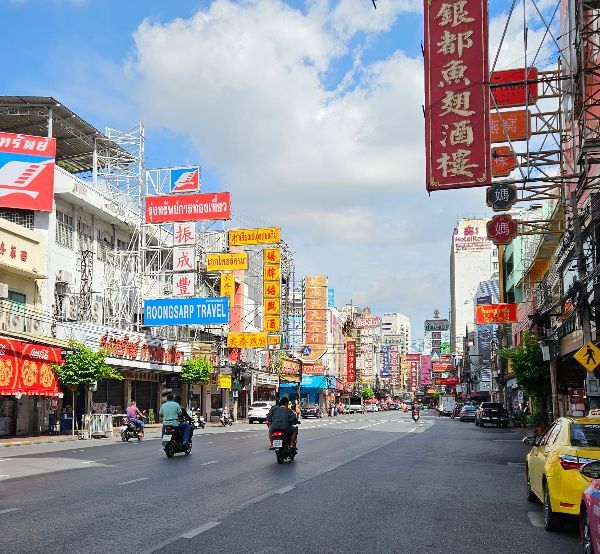
It’s in the alleyways (sois) that extend off Yaowarat Road, where all the activity happens during the day, with wholesale markets everywhere.

What to See in Chinatown
Chinatown is home to temples that don’t appear in many guidebooks, like the Kuan Yim Shrine, where a 900-year-old statue of the Chinese Goddess of Mercy lives.
The most revered temple in Chinatown is Wat Mangkon Kamalawat, and many people flock here during Chinese New Year. The most well-known is Wat Traimit, which is home to the world’s largest seated golden Buddha; it’s made from five and a half tons of gold.
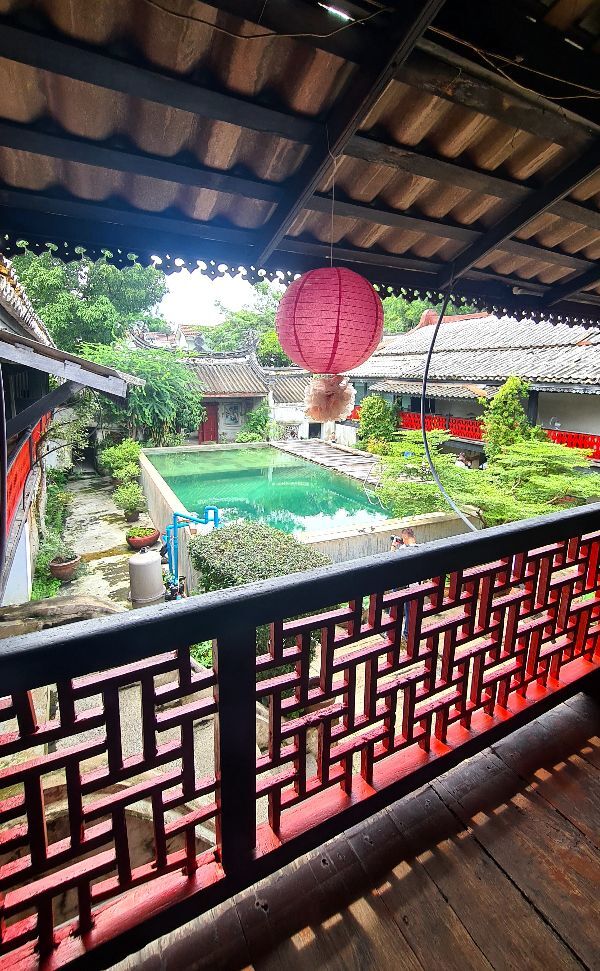
A secret Hokkien-era Chinese Mansion that was built 170 years ago, the So Heng Tai villa in Soi Wanit 2 is a must-see when visiting Chinatown. There’s no entry fee, but be generous and buy something from the cafe, as that helps with the upkeep of this historic building.
Great places to eat in Chinatown
Street vendors line the streets from late afternoon until the wee hours of the morning. A visit isn’t complete unless you buy a box of heated chestnuts — they’re available everywhere. My favourite place to eat, along with most others who visit Yaowarat, is Lek Seafood; expect to pay tourist prices, but the location right on the corner makes it perfect for people-watching, too.
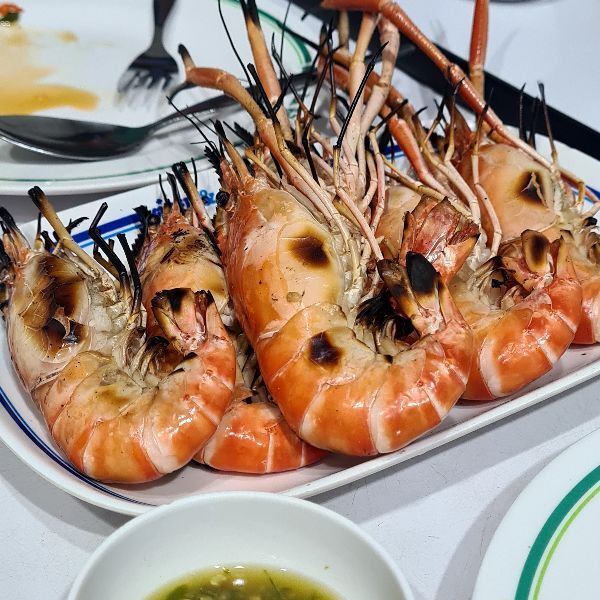
How to Get There
If you’re staying nearby, jump in a Tuk-Tuk. You’ll compete with the many other Tuk-Tuks jostling for position amongst the rest of the traffic. The skill of these drivers to navigate the chaos is legendary.
If you like walking, catch the MRT to Hua Lamphong at the very south of the street, cross the bridge at the Maitri Chit Junction and walk north. Alternatively, if you go one more station to Wat Mongkol you’ll be bang slap in the centre of the action.
Get Out There and Start Exploring
There you have it! Bangkok has much more to offer than the guidebooks would have you believe. For foodies, Ari and Lad Prao are culinary districts where you’ll find excellent meals.
For temples and churches, look no further than Chinatown and Thonburi. If you’re a fan of rooftop bars, then Sathorn is the place to go. If you are hunting street art see our guide to Bangkok’s street artists for some tips on where to find their work.
I look forward to bumping into you in any of these fantastic neighbourhoods.
Ready to start planning your Thailand trip? Our Facebook community Thailand Awaits is here to help. Join fellow travellers, get your questions answered by Thailand experts, and access free planning resources.
